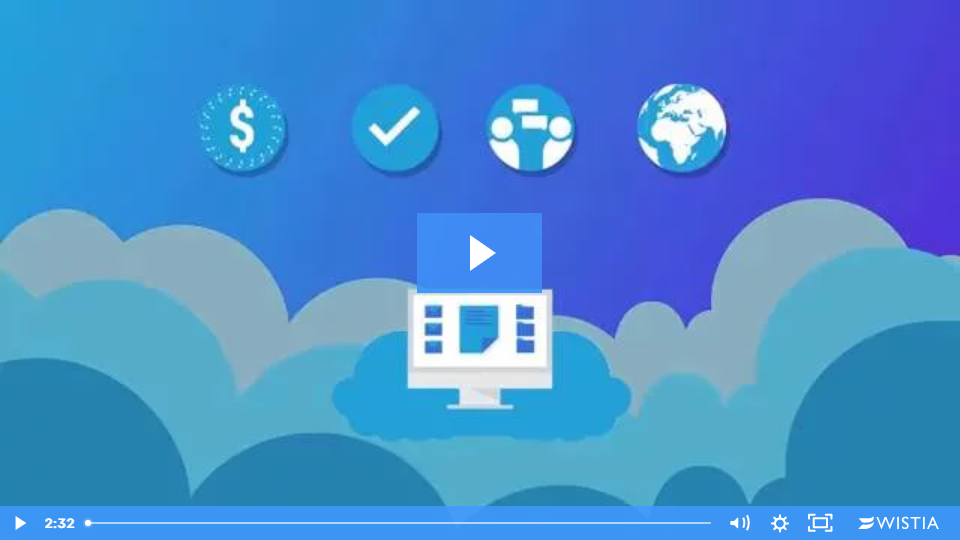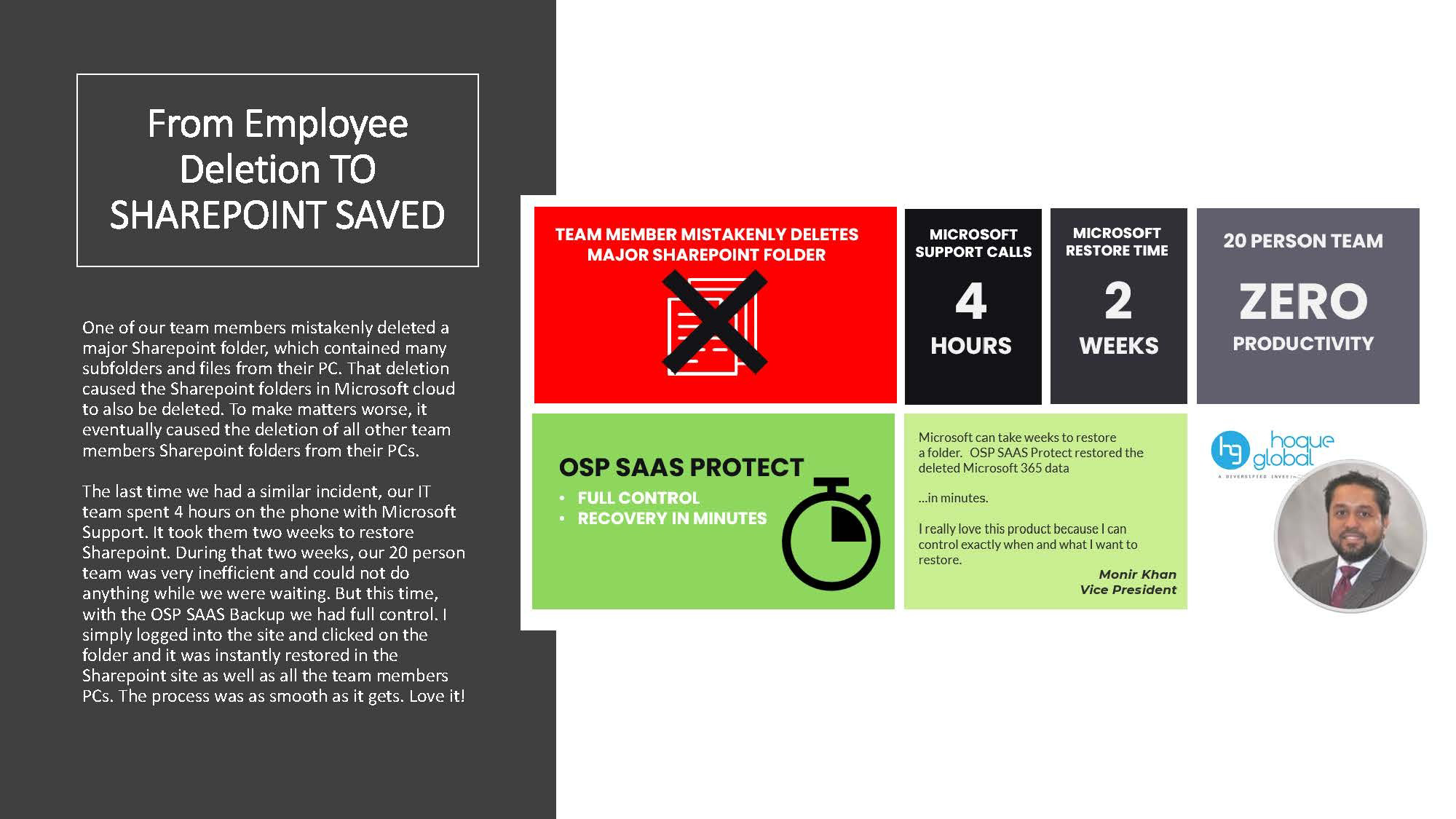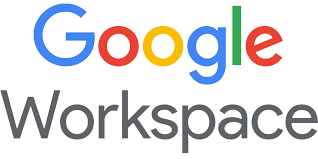CASE STUDY
CUSTOMERS IN OVER 45 COUNTRIES
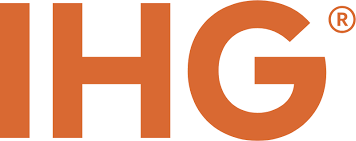

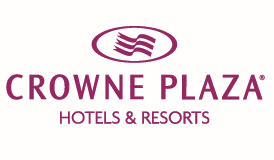

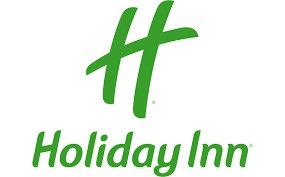




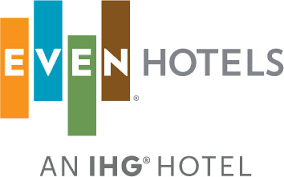


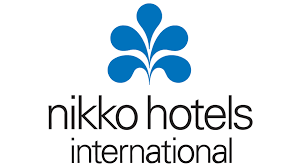



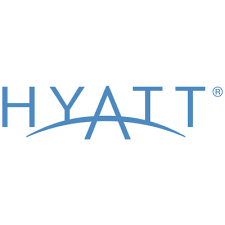


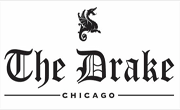




Featured In...

MAGAZINE
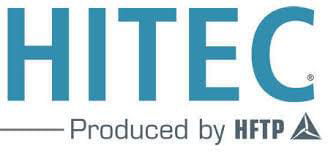
CONVENTION

CONVENTION
70% of SaaS USERS HAVE
LOST DATA IN THE CLOUD
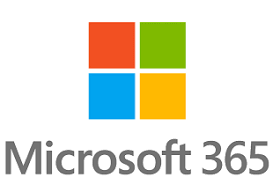
PROTECT
Reasons to Backup
Microsoft 365 Data














DEFENSE
Your Secret Weapon To Advanced Threat Detection





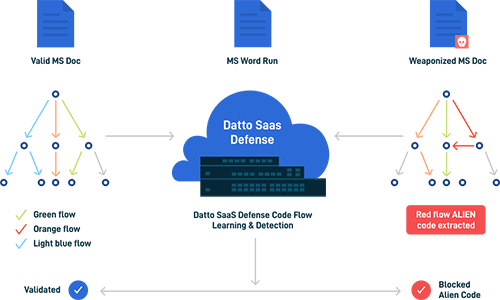
Reasons to Backup
Google Workspace








THE CLOUD TEAM

Scott Scheffe - CTO/Technical Sales
27 Years with One Safe Place

Rick Baird - Business Development
14 Years with One Safe Place

JR Adams - Support Manager
21 Years with One Safe Place

Jeff Hunsucker - Sr Support
27 Years with One Safe Place

Mark Abbott - Sr Support
15 Years with One Safe Place

James Cotton - Support
27 Years with One Safe Place
FAQs
Is File Sync a replacement for Backup?
While file sync tools like Microsoft OneDrive or Google Drive do create a second copy of files and folders, they are not a replacement for backup. File sync automatically copies changes to synchronized files. So, if a file or folder is infected with ransomware, the malware will automatically be copied to all synced versions of that file.
File sync services do offer some restore capabilities via versioning, but they fall short of a true SaaS backup solution. Here’s why:
• Versions are not immutable recovery points. So, if a file is deleted, older versions of the file are deleted as well.
• Versioning doesn’t enable centralized management of user data. In other words, you don’t have control over backup and recovery—it’s left in the hands of end users.
• Versioning doesn’t maintain recovery points across files, folders, settings and users. If you only need to restore a couple of files, no big deal. But, large restores are a time-consuming, manual process. Beyond simply lacking the restore capabilities of a backup solution, file sync can actually introduce ransomware to SaaS applications. File sync and backup are not competitive solutions, rather they can and should be used side-by-side. Remember: file sync and share is for productivity and backup is for data protection and fast restore
Isn't Microsoft and Google
responsible for backup?
SaaS providers ensure they won’t lose your cloud data with built-in redundancy and other high availability measures. However, they do not take responsibility for restoring data if you lose it. Microsoft calls this the Shared Responsibility Model for data protection. That’s why Microsoft recommends third-party SaaS backup in its user agreement.
In the Shared Responsibility Model:
The Shared Responsibility Model places the onus of data protection squarely on businesses that rely on SaaS services. SaaS providers are responsible for keeping their infrastructure up and running, but businesses are responsible for the preservation and security of their data.
Aren't SaaS applications are always available?
While SaaS apps are highly reliable, outages do occur. In October 2020 alone, Microsoft 365 had three significant outages that impacted businesses worldwide. Last year, a massive Google outage affected nearly one billion Gmail, G Suite, and YouTube users. Outages and slow restore times aren’t just an inconvenience. When businesses can’t access important business data, productivity falls and revenue is impacted. Creating backups that are independent of a SaaS provider’s cloud servers is the only way to ensure access to essential files in the event of an outage.
Who will this work for?
Any business that wants to:
1) Keeping their business Open
2) Avoid having to pay ransomware payments
3) Recover Quickly when Disaster Strikes
4) Protect Profits
How do I present this to my team?
1) Click the "Take the SaaS Assessment" button below,
2) Take the Assessment
3) Book a Demo and bring YOUR TEAM
What are typical contract terms?
We have a 30 day Money Back Guarantee. Our terms are generally for three years.
What type of support do you offer?
OSP Support is available 24X7 365.
Where did you get the idea to offer this solution?
In 1998, One Safe Place became one of the first companies in North America to provide Online Server Backups. Our goal is to continue to bring you creative technology solutions that simplify your time and protect your business, profits and data.
.png?width=950&height=450&name=OneSafePlaceGlowandOutline%20(1).png)
